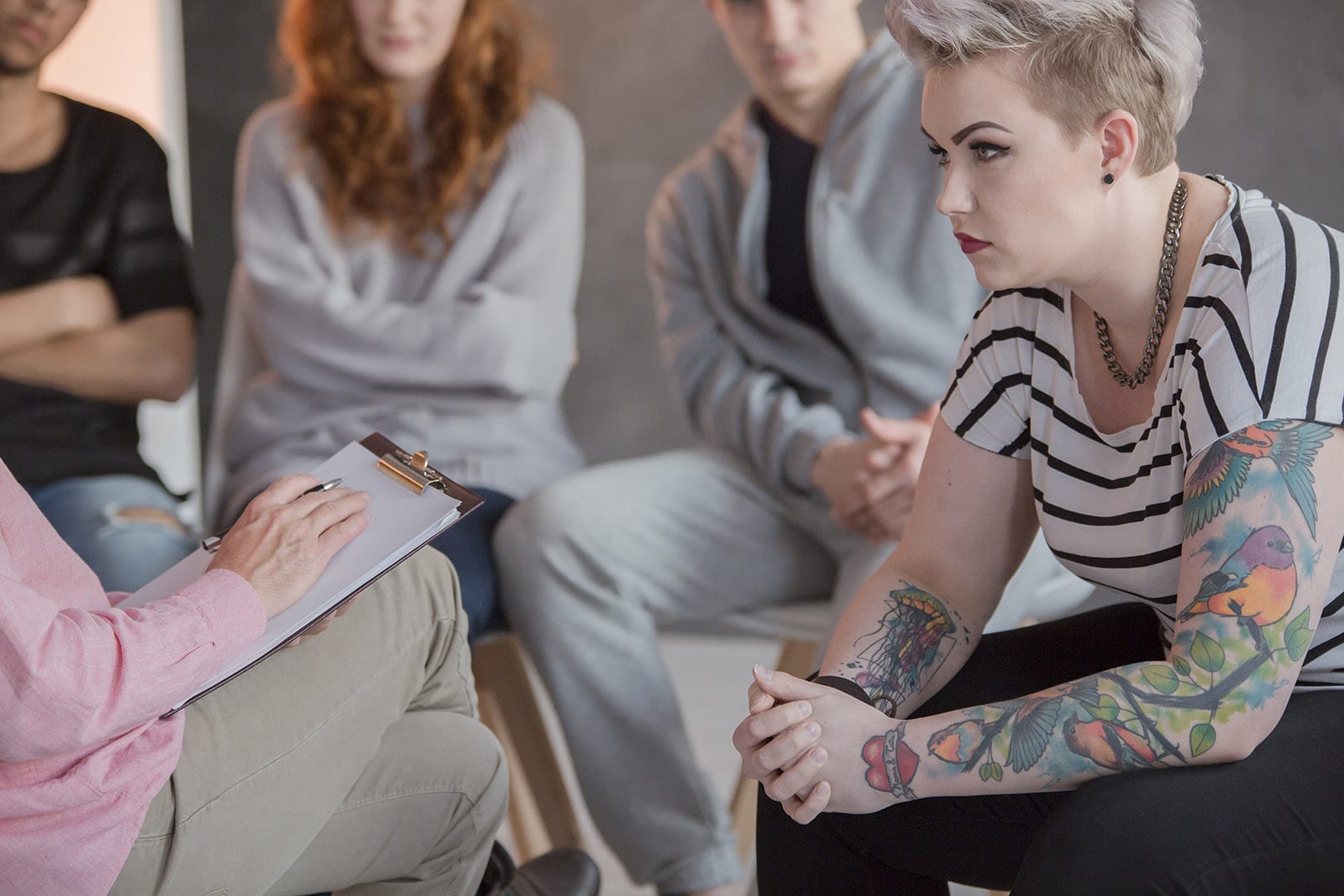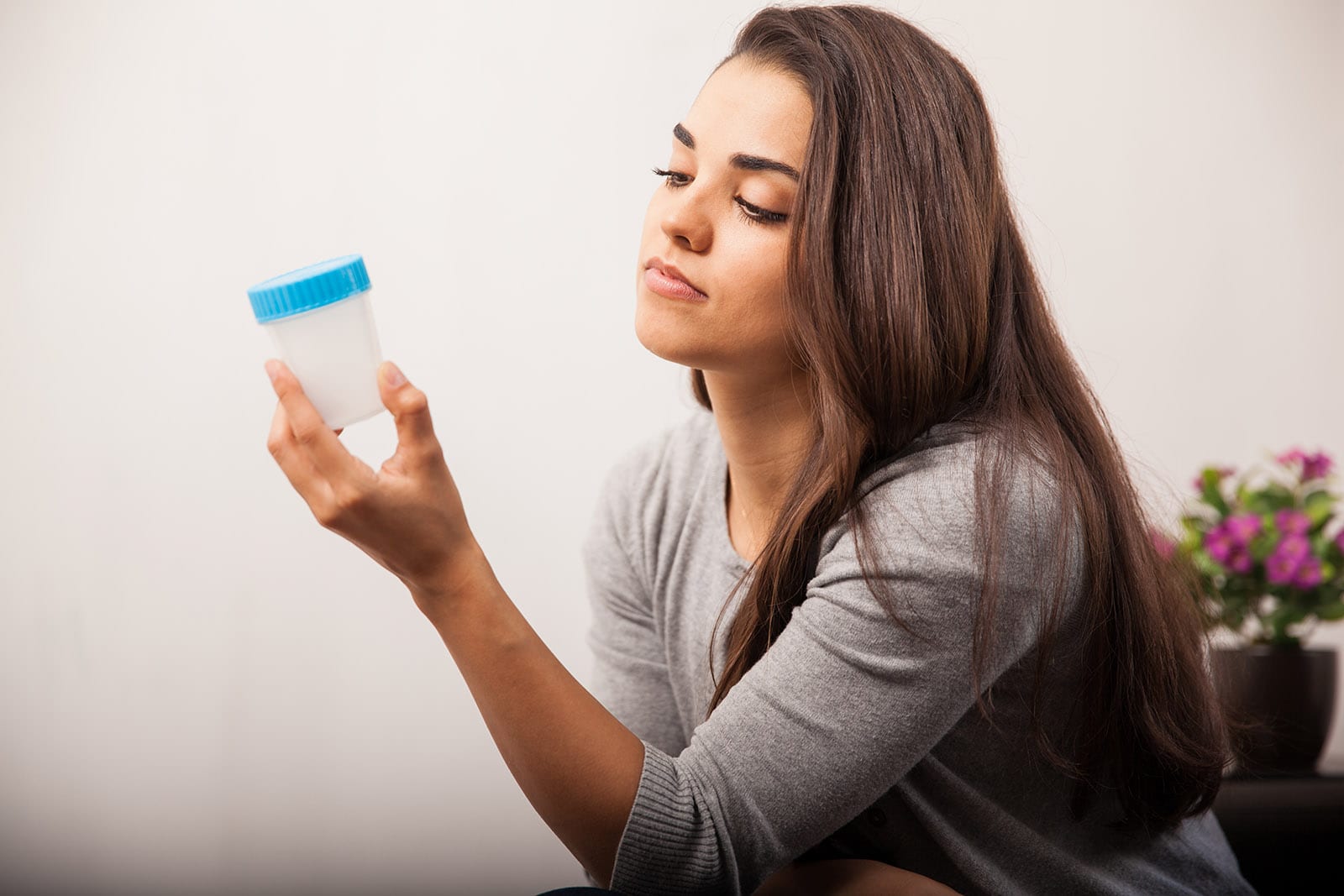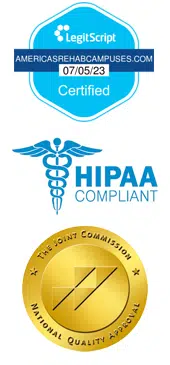
Addiction treatment centers are thought of as places of respite and refuge. Here, harboring secrets of bad choices, traumatic events and uncovering the darkest memories that will ultimately help patients and their families find their way back into a better life, become whole again. So, when reports started coming out about addiction rehabs facilitating substance abuse through the medication-assisted treatment they provide, it grabbed the attention of the industry as well as federal and state health agencies. Unfortunately, gabapentin abuse is on the rise in the U.S. and stopping its progression has its challenges.
What Is Gabapentin
Gabapentin is a sedative, most known for its use to treat people with specific neurological disorders. It’s effective in reducing the instance of seizures, RSL “Restless Leg Syndrome” and provides benefit to people seeking relief from pain. Gabapentin is also prescribed for those diagnosed with ADHD “Attention Deficit Hyperactivity Disorder”, bipolar disorder as well as migraines. Healthcare practitioners and addiction treatment centers also use gabapentin to help ease the process of medical detox during drug rehab and as medication-assisted treatment during recovery from alcoholism and cannabis, opioid and benzodiazepine dependencies.
But there’s a misappropriation between its reported use and the amount of prescriptions filled.
In 2017, Gabapentin was the 5th most prescribed medication. But 80 percent of sales for the drug were for unapproved use.
Gabapentin as Medicine
During addiction treatment, many patients who have been dependent on hardcore drugs for an extended amount of time will undergo debilitating withdrawal symptoms. They can cause pain, discomfort and minimize a person’s ability to function at a normal level.
In some instances, withdrawal symptoms can reoccur without warning for months and even years after medical detox has been completed and sobriety remains uninterrupted. This is known as Post-Acute Withdrawal Symptoms or PAWS.
Medication-assisted treatment provides patients a way to get past PAWS and avoid relapse through the strategic and monitored administering of certain drugs. Some of the drugs used for this include methadone, suboxone and gabapentin.
The Attraction to Abuse Is Real
Like other substances, gabapentin provides recreational users an escapist experience. The high from gabapentin is described as having similar effects to marijuana, elevated levels of relaxation or creating the sensation of euphoria. Unfortunately, this is also known to those in addiction recovery, making gabapentin a drug for treatment and a gateway to relapse. Even those who are on the drug for legitimate purposes are easily swayed into dependency because gabapentin removes the ability of other drugs in blocking a drug high. Once a person amidst recovery experiences this, it’s hard to say “No.” Compared to other drugs, it’s relatively inexpensive as well.
Detection Is Concealed

Part of an accredited drug or alcohol treatment program includes ongoing drug screens for all patients, even those not on medication-assisted treatments. Urine testing helps treatment providers stay on top of their patients’ commitment to sobriety, reducing rates of relapse and keeping each participant on the same sober playing field.
But gabapentin is not on the list of drugs patients are tested for. In addition, for patients using gabapentin as part of their treatment protocol, the amount of the drug used is not questioned as changes in the dosage can occur through ongoing reassessment of patient needs.
If patients who are prescribed gabapentin have access to more than they need or experience a high from what they’ve been prescribed, it’s likely they will not alert their therapist or doctor as the lure for a high is too attractive to turn down.
Detriments of Use
People who take gabapentin are subject to its side effects which includes fever, dry mouth, headache, ear pain, joint pain, vision problems, shaking, nausea, vomiting, other digestive problems, dizziness, restlessness, sleeplessness, strange thoughts and compromised memory. There are also clinical reports than indicate a 22 percent rate of gabapentin abuse in addiction treatment centers across the country. This figure does not include unreported cases.
Distrust of Addiction Treatment Warranted?
At this point you might be perplexed. How can we trust in addiction recovery when there remains a risk of transference of dependency from the original drug of choice (why a person is in treatment) to another (gabapentin)?
These instances of gabapentin aren’t everywhere. But keeping the public in the know on what’s trending and what to watch for is part of the responsibility that rests with owners and facilitators of addiction treatment.
Medical Detox Is Needed to Overcome Gabapentin Addiction [H2] As with any codependency on drugs or alcohol, a proper treatment program through licensed practitioners and accredited facilities with track records of recovery success is the best place to find help for gabapentin overuse and learning effective tools and life skills to overcome it.
Without medical supervised treatment, there are risks during the detox process.
Potential Withdrawal Symptoms from Gabapentin:
- Suicidal thoughts
- Pain
- Intense sweating
- Anxiousness
- Sleeplessness
- Nausea, vomiting or both
To find out more about addiction treatment for gabapentin and other substances, find help here.

